The 23rd
LaureateArchitecture
Ricardo Legorreta
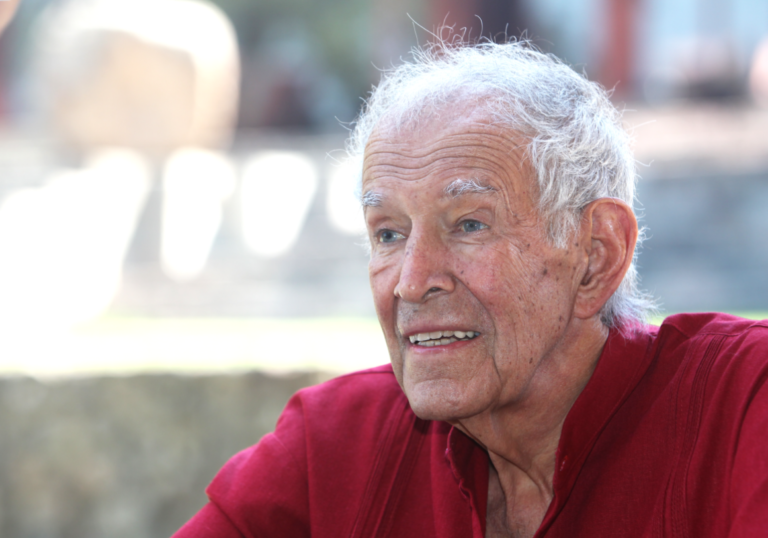
Ricardo Legorreta is Mexico’s most significant living architect. He combines the traditions of Western modernism with the building culture of his native country. Vibrant color,geometric shapes,fountains,light-filled spaces,and intimate courtyards are hallmarks of his style. With more than 100 design projects to his name he has created a diverse body of work in Mexico and abroad.
Legorreta was born in 1931 in Mexico City,where he studied architecture. After a partnership with José Villagrán,he set up his own practice. An early building - the Camino Real Hotel Mexico City (1968) – is one of his favorites because he says it helped him discover his Mexican roots.
He went on to design Montalban House in Los Angeles (1985),the Museum of Contemporary Art in Monterrey (1991) the Metropolitan Cathedral of Managua (1993),Pershing Square in Los Angeles (1993),Carnegie Mellon College of Business & Computer Science in Qatar (2009),Georgetown School of Foreign Services in Qatar (2011),and many other public and private buildings,and urban spaces. Legorreta now works with his youngest son,Victor. It’s a collaboration he’s particularly proud of. He will be the first Mexican artist to receive the Praemium Imperiale.
Biography
Ricardo Legorreta is Mexico’s most significant living architect. He combines the traditions of Western modernism with the building culture of his native country. Vibrant color,geometric shapes,fountains,light-filled spaces,and intimate courtyards are hallmarks of his style.
In a career spanning nearly fifty years and with more than 100 design projects to his name he has created a diverse body of work. It ranges from museums and hotels to office buildings and factories,university campuses to urban spaces,as well as private residences in Mexico and abroad.
Legorreta was born in 1931 in Mexico City,where he studied architecture. After a partnership with José Villagrán,he set up his own practice.
He was a close friend of his compatriot,Luis Barragán,who first combined modernism and Mexican tradition in the 1940s and 50s. He was also influenced by the monumental concrete architecture of Louis Kahn. Influences from Mexico’s colonial period and from the Islamic world – the patios - also feature in his work.
One of his early buildings - the Camino Real Hotel Mexico City (1968) – is one of his favorites because he says it helped him discover his Mexican roots. He had become very ill,and while he was recovering created a building which is now one of his most famous.
He went on to design Montalban House in Los Angeles (1985),the Museum of Contemporary Art in Monterrey (1991) the Metropolitan Cathedral of Managua (1993),Pershing Square in Los Angeles (1993),San Antonio Main Library,Texas (1995),The Tech Museum of Innovation in San Jose,California (1998),Visual Arts Center College of Santa Fe,New Mexico,(1999),the Juarez Complex in Mexico City (2003-05),Carnegie Mellon College of Business & Computer Science in Qatar (2009),Georgetown School of Foreign Services in Qatar (2011),and many other public and private buildings,and urban spaces.
Legorreta remains an artist and designer in tune with the environment and he never forgets to design buildings for the people who use them: “Very commonly,we architects design for the elevation. I design from the inside,then I fix the elevation. I design the interior of the spaces. Interiors are architecture,it is where you live.”
In 1999 he received the Union Internationale des Architects (UIA) Gold Medal and in 2000,he became the first Latin American to receive the prestigious American Institute of Architects’ (AIA) Gold Medal,for an architect whose work has had a lasting influence on the history and practice of architecture.
What is it about Mexico that has inspired all his work? He says: “It’s the way of being of the Mexicans that has interested me,the rest – the wall,the color – are tools. The essence of this philosophy is the way of thinking and the lifestyle of Mexico.”
Legorreta now works with his youngest son,Victor. It is a collaboration he is particularly proud of,keen to pass on his expertise to the next generation. He will be the first Mexican artist to receive the Praemium Imperiale.
He passed away on December 30 in Mexico City after returning from the Praemium Imperiale Awards Ceremony.
Chronology
Became notable in public with Automex Chrysler Factory, Toluca, Mexico
Pershing Square, Los Angeles
House in Japan, Zushi, Japan
Office name changed to Legorreta+Legorreta
-
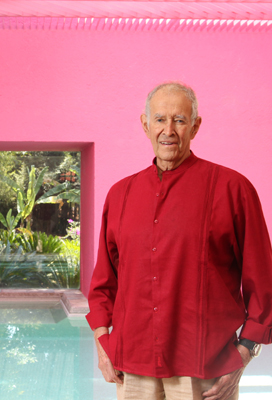
Ricardo Legorreta
-
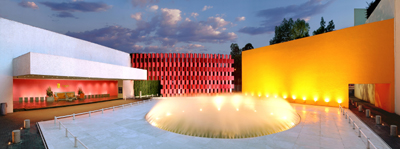
Camino Real Hotel Mexico City
-
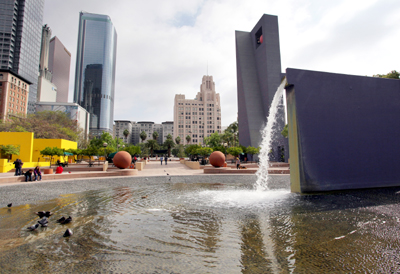
Pershing Square
-
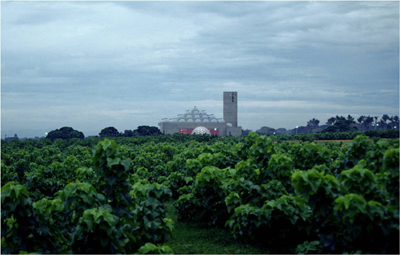
Metropolitan Cathedral of Managua
-
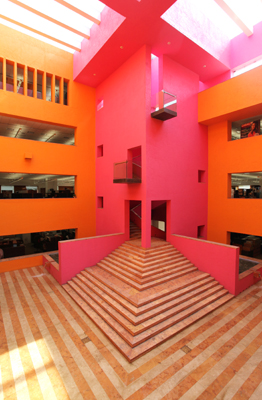
Televisa
-
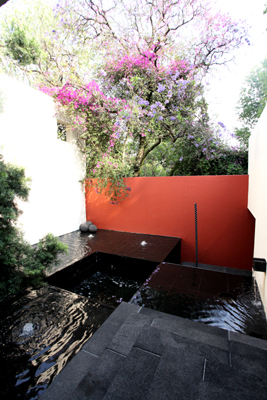
House of the 15 Patios
-
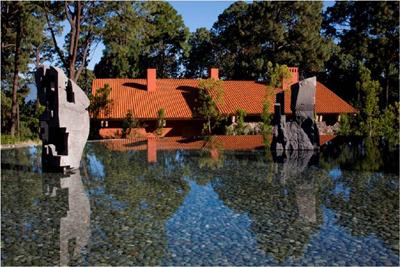
Los Tecorrales House

